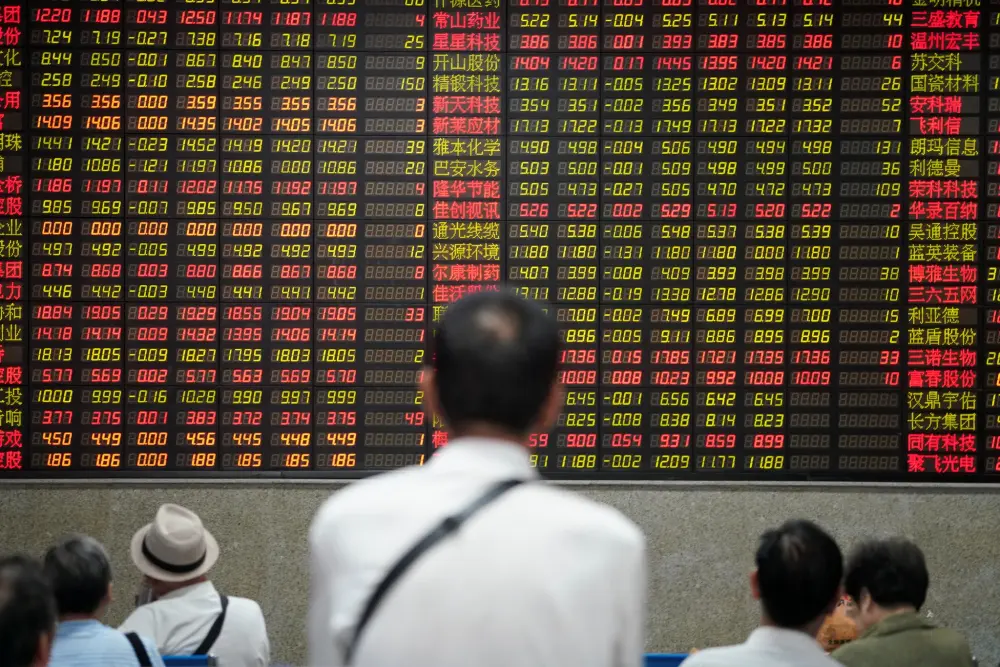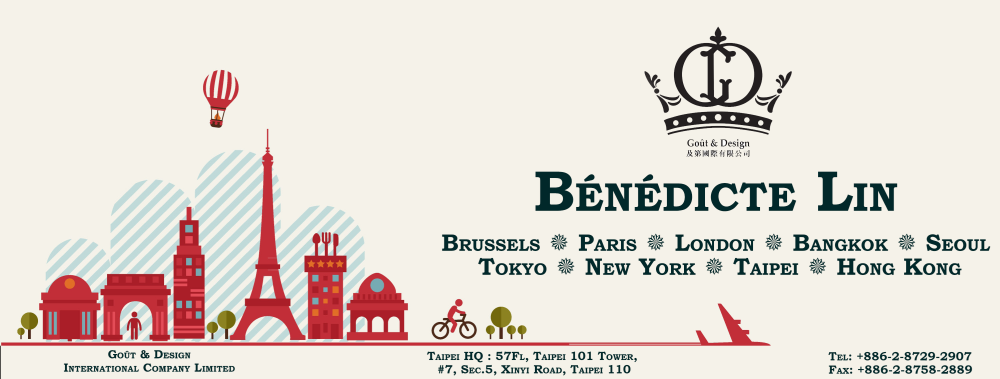China’s economic recovery from the pandemic has been notably uneven, showing both promising and concerning trends. While some sectors have experienced growth, the overall economic landscape remains fragile. The National Bureau of Statistics reported that fixed-asset investment rose by 4.2% year-over-year from January to April, indicating a slight momentum in infrastructure and manufacturing investments. However, analysts remain cautious, suggesting that meaningful long-term recovery will require substantial and sustained policy support.

Despite some positive indicators, such as a rebound in the services sector and increased manufacturing activity, underlying structural issues continue to pose significant challenges. The Rhodium Group highlighted that without addressing deep-rooted problems like local government debt and reliance on large-scale credit expansions, China’s growth potential remains constrained. The government’s recent efforts to stabilize the property market and boost consumer spending have provided temporary relief, but substantial reforms are still needed to achieve sustainable growth.

China’s macroeconomic policies have been cautiously expansionary, with measures like cutting borrowing rates to inject liquidity into the markets and lowering deposit interest rates to encourage lending. These steps aim to stimulate domestic demand and investment. The People’s Bank of China has implemented several rate cuts to reduce borrowing costs, hoping to foster a more favorable environment for economic activity. Yet, despite these efforts, external pressures, including export controls and weak global demand, continue to affect China’s position in the global market.

In addition to economic policies, China’s reopening has also led to a resurgence in diplomatic activities, enhancing trade and investment ties with various countries. High-profile visits and agreements, such as those with Brazil and Argentina, reflect China’s strategy to deepen economic integration and promote the international use of the RMB. However, the economic benefits of these diplomatic efforts may take time to materialize fully, especially amidst ongoing trade tensions and geopolitical uncertainties. Overall, while there are glimmers of recovery, China’s economic outlook remains mixed, requiring careful navigation of both domestic and international challenges.

